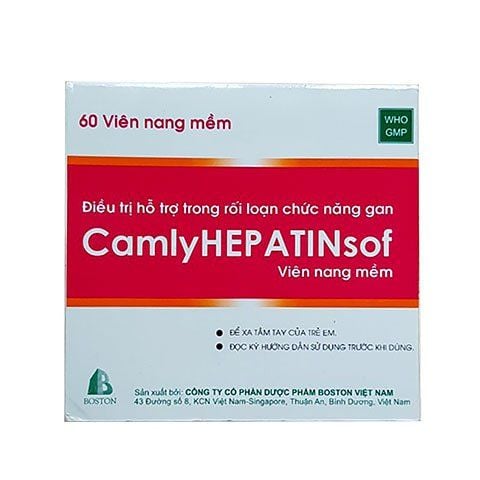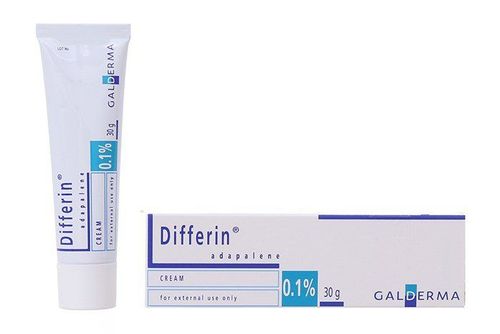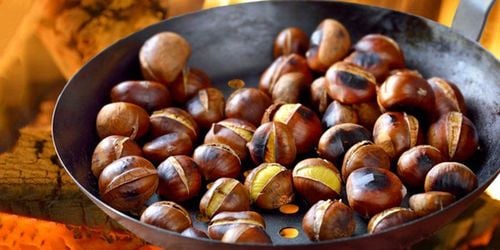This is an automatically translated article.
Bitter foods sometimes resonate in culinary circles because of their intense flavor. However, they can also be frustrating for picky eaters. However, bitter foods are extremely nutritious and contain a variety of phytochemicals that have health benefits, including: reducing the risk of diseases: Cancer, cardiovascular disease and diabetes.
1. Bitter gourd
Bitter melon is a green, rough, cucumber-shaped melon with an extremely bitter taste. It is commonly used in Asian, African and Caribbean countries but less commonly in other regions. Bitter gourd contains many phytochemicals such as triterpenoids, polyphenols, and flavonoids that have been shown to slow the growth of many types of cancer.
Bitter gourd is one of those bitter foods that is also used in natural medicine to help lower blood sugar levels in people with diabetes.
A study conducted over a 4-week period showed that consuming 2,000 mg of dried, powdered bitter gourd daily significantly reduced blood sugar levels in people with diabetes - but not as much as a type of bitter gourd. common diabetes medication.
A meta-review study reviewed mixed results in humans and determined that the evidence was insufficient to recommend bitter melon supplementation for people with diabetes.
Similar to most other bitter vegetables, bitter melon is rich in antioxidants, which help prevent cell damage caused by free radicals and may reduce the risk of heart disease and diabetes.
2. Cruciferous vegetables
The cruciferous family has many bitter vegetables including broccoli, Brussels sprouts, cabbage, kale, turnips and arugula. These foods contain compounds called glucosinolates, which give them their bitter taste and provide many of their health benefits.
Studies have shown that glucosinolate can slow the growth and spread of cancer cells, but the results obtained have not been consistently repeated in studies performed in humans.
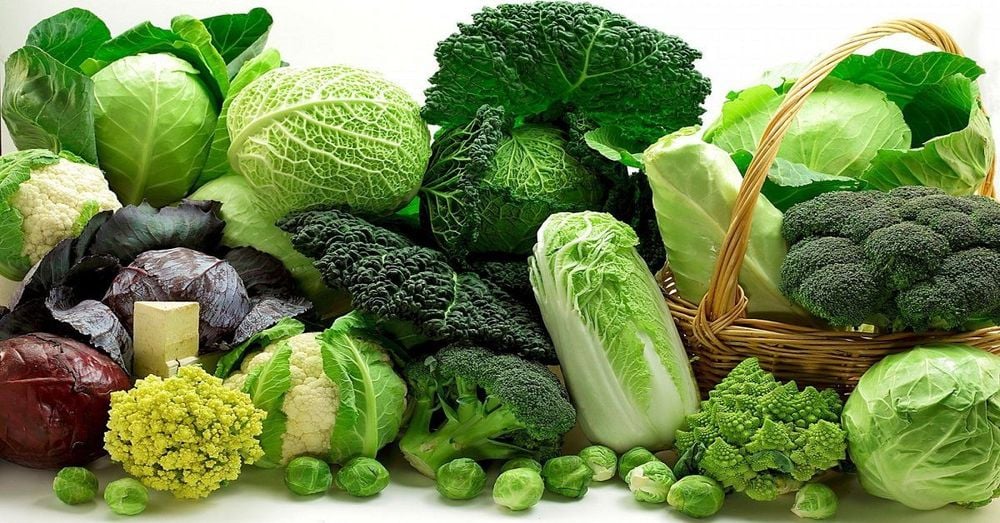
Nhiều loại rau họ cải có vị đắng và đem lại nhiều lợi ích cho sức khỏe
Some researchers have believed that the difference between people who consume this vegetable and those who don't may be due to genetic differences between each person, as well as natural differences in glucosinolate content. due to growing conditions and cooking methods. However, more in-depth studies are still needed to prove this.
In addition to the potential anti-cancer effects of cruciferous vegetables, the glucosinolates in these vegetables help liver enzymes process toxins more effectively, reducing negative effects on the body.
Although there is no official recommendation for consuming this vegetable, some studies show that eating at least five servings of cruciferous vegetables per week is beneficial. You can combine eating spicy food with this vegetable to increase its attractive taste.
3. Green dandelion
Dandelions are garden weeds, but their leaves are edible and have high nutritional value.
Blue dandelion is medium sized, vibrant green leaves with irregular edges. They can be eaten raw with salads, sautéed as a side dish or included in soups and pastas.
In the composition of green dandelion contains very bitter compounds, so dandelion greens are often used to balance with other flavors such as garlic or lemon.
Although the specific health benefits of dandelion greens are poorly studied, they are rich in vitamins and minerals, including calcium, manganese, iron, vitamin A, vitamin C, and vitamin K.
Furthermore, green dandelion also contains the carotenoid compounds lutein and zeaxanthin, which may help protect your eyes from cataracts and macular degeneration. And, dandelion greens are an excellent source of the prebiotics inulin and oligofructose, which promote the growth of healthy gut bacteria.
4. Citrus peels
Citrus fruits such as lemons, oranges and grapefruits have a sweet or sour taste in the flesh, while the outer skin and white flesh are quite bitter. This can be explained by the presence of flavonoid compounds, which help protect the fruit from being eaten by insects but have many health benefits.
In fact, the compounds in the citrus peel in particular contain higher levels of flavonoids than any other component of the fruit. Two of the most abundant citrus flavonoids are hesperidin and naringin - both of which are powerful antioxidants.
Test-tube and animal studies suggest that flavonoids in citrus may help fight cancer by reducing inflammation, improving detoxification, and slowing the growth and spread of cancer cells, but it's still needed human research.
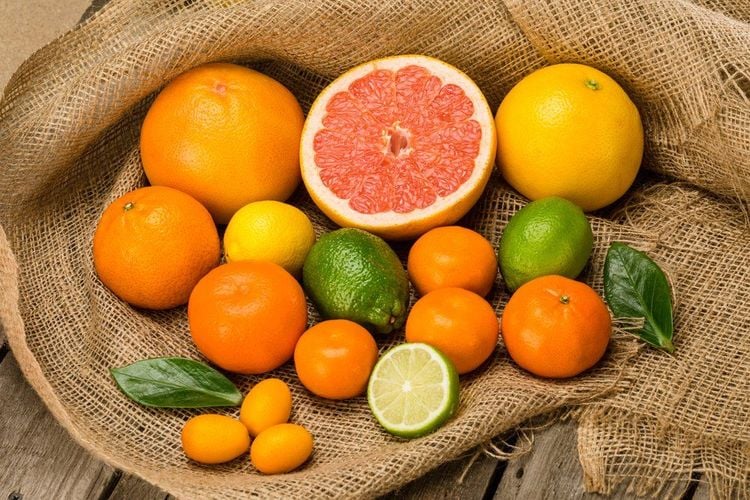
Hàm lượng flavonoid trong vỏ cam quýt là chất chống oxy hóa mạnh
5. Cranberries
Cranberries are red berries with a sour, bitter taste that can be enjoyed raw, cooked, dried or juiced. Cranberries contain a class of polyphenols called type A proanthocyanidins, which can prevent bacteria from attaching to surfaces, such as body tissues.
This can be beneficial for reducing bacterial tooth decay, reducing the risk of H. pylori infection in the stomach, and even preventing E.coli infections in the intestinal tract and urinary tract.
Although many of these studies were done in test tubes or animals, the results from human-based studies still need further study.
A 90-day study found that drinking about two cups (500ml) of cranberry juice daily was more than three times more effective at clearing stomach infections caused by H. pylori than a placebo. Some other studies have also found that a daily dose of cranberry pills containing at least 36 mg of proanthocyanidins can significantly reduce urinary tract infections.
In addition to the antibacterial properties of cranberries, this fruit is also rich in antioxidants. In fact, they contain the highest concentrations of the 24 most commonly eaten fruits. Because of this, drinking cranberry juice regularly is linked to better heart health, including reduced inflammation, blood sugar, blood pressure, and triglyceride levels.
6. Cocoa
Cocoa powder is made from the seeds of the cocoa tree and tastes very bitter when unsweetened. Cocoa is often used in desserts, it is also mixed with cocoa butter, cocoa liqueur, vanilla and sugar to make chocolate. The study found that people who ate chocolate at least five times per week had a 56% lower risk of heart disease, compared with those who didn't use chocolate at all.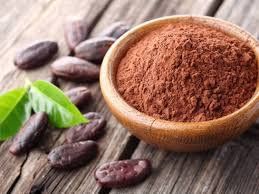
Ca cao thường được sử dụng trực tiếp hoặc dùng trong các món tráng miệng
It can be explained by polyphenols and antioxidants found in cocoa, which can widen blood vessels and reduce inflammation, protect the heart.
Cocoa is also a good source of several trace minerals, including copper, manganese, magnesium and iron.
Unsweetened cocoa powder, dark chocolate contains the most antioxidants and the least amount of sugar. Therefore, using cocoa will help to make a healthy addition to the diet.
7. Coffee
Coffee is one of the most widely consumed beverages in the world and a leading source of antioxidants in the American diet. As with most bitter foods, coffee is packed with polyphenols that give the coffee its unique flavor.
One of the most abundant polyphenol compounds in coffee is chlorogenic acid, a powerful antioxidant that has the potential to provide many of the health benefits of coffee, including reducing oxidative damage and reducing the risk of disease. heart disease and diabetes.
Studies show that drinking 3-4 cups of coffee a day can reduce the risk of death, cancer and heart disease by 17%, 15% and 18% respectively compared to not drinking coffee at all.
A separate analysis found that each cup of coffee consumed per day reduces the risk of type 2 diabetes by 7%. Other studies have also found that caffeinated coffee may help prevent neurological disorders, including Alzheimer's and Parkinson's disease.
8. Green tea
Green tea is another popular beverage consumed around the world. Green tea is characterized by its natural bitter taste due to the presence of catechins and polyphenols. The most well-known catechin compounds are epigallocatechin gallate, or EGCG.
Studies have found that EGCG can slow the growth of cancer cells, but it is not yet clear if it has the same effect in humans.

Trà xanh có hương vị đắng tự nhiên do chứa catechin và polyphenol
Green tea also contains many polyphenol compounds in an active state such as: Antioxidant and anti-inflammatory.
In fact, drinking just one cup of green tea daily can reduce your risk of having a heart attack by almost 20%. And choose green tea over black or white teas for the maximum dose of antioxidants.
9. Red wine
Red wine contains two main polyphenol compounds: Proanthocyanidins and tannins, which give the wine its rich color and bitter taste. The combination of alcohol and polyphenol compounds may reduce the risk of heart disease by reducing cholesterol oxidation, reducing blood clotting, and widening blood vessels.
Several recent studies have shown that red wine can be good for your gut. In another study, drinking two glasses of red wine daily for a month increased the number of healthy gut bacteria. What's more, changes in gut bacteria counts are directly linked to lower cholesterol levels and reduced inflammation in the body.
Other benefits of drinking red wine include: Increased life expectancy and reduced risk of diabetes and osteoporosis. However, keep in mind that excessive drinking can lead to liver damage and other health problems, so moderation is important.
Each bitter-tasting food has unique health benefits, including protection against cancer, heart disease and diabetes, as well as reduced inflammation and oxidative stress. Most of the benefits from red wine must be attributed to the wide range of polyphenols, which act as antioxidants, anti-inflammatory and even prebiotics.
Please dial HOTLINE for more information or register for an appointment HERE. Download MyVinmec app to make appointments faster and to manage your bookings easily.
Reference source: healthline.com




